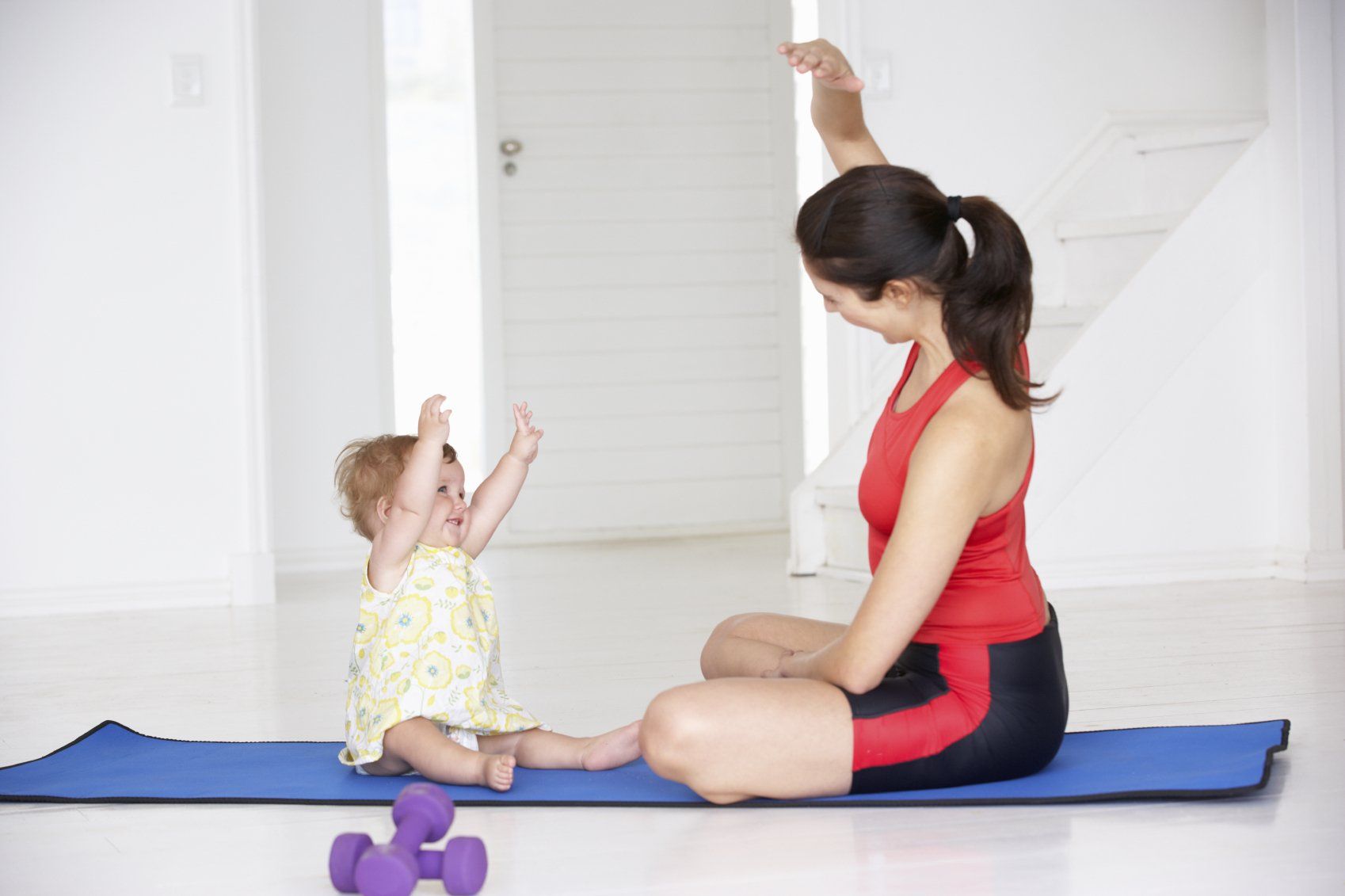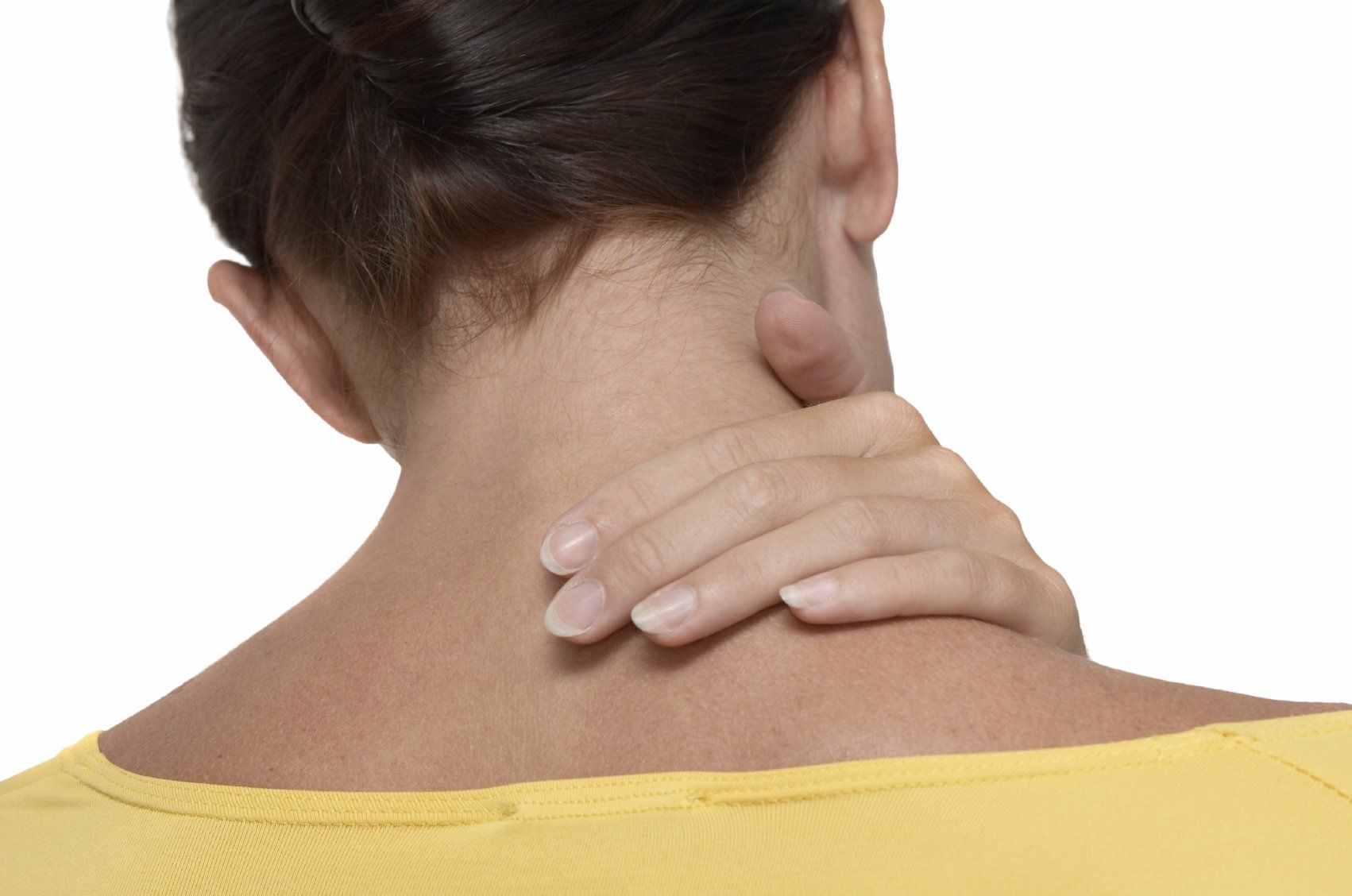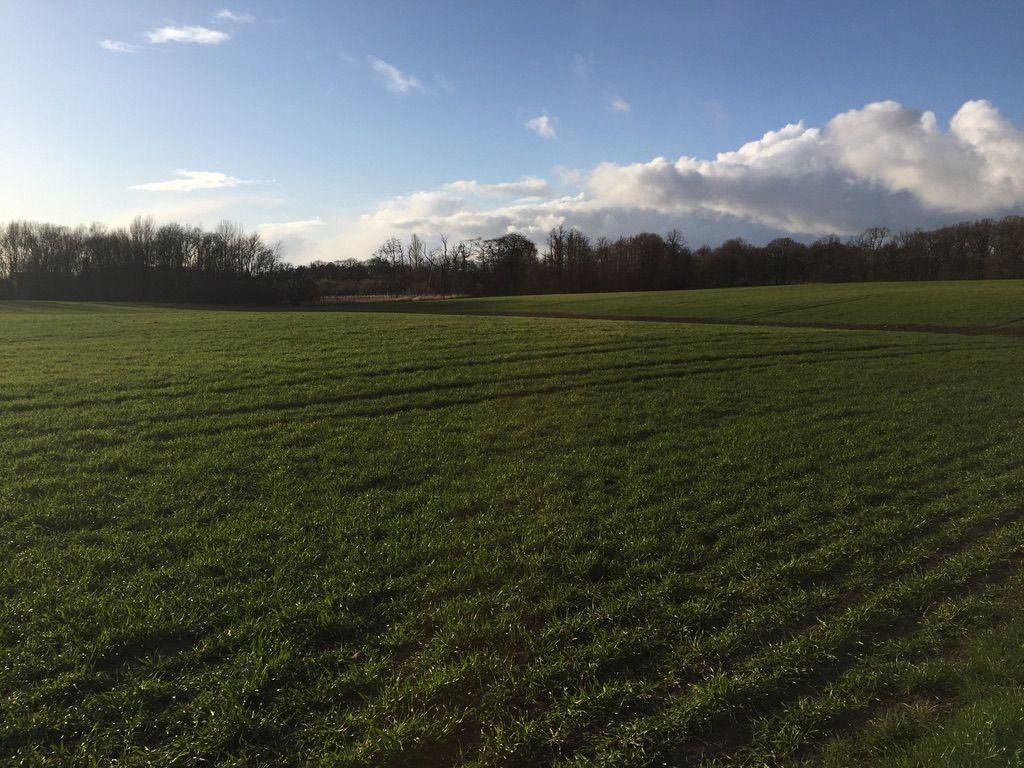Daniela Stoeffin FSCCO
Registered Osteopath
Blog
Blog

by Daniela Stoeffin
•
01 May, 2024
Our bodies go through a lot of changes during the course of our lives. There are phases of transition where our hormonal system changes, and these changes are not always easy and without symptoms. We can experience pain, discomfort, increased or different to normal emotional reactions, headaches, hot flushes, and our bodies might not feel right and uncomfortable. Some of these symptoms can be related to structural problems and in these cases osteopathy can be helpful. Injuries, structural imbalances, or restricted movement caused by scar tissue can influence how we feel and how well our organs function. During an appointment we can look at how osteopathic techniques can help balance your body and ease restrictions to movement, blood supply or drainage to support your health and wellbeing. If you have any questions or would like to make an appointment, please call or write me an email.
by Daniela Stoeffin
•
05 Nov, 2023
This is an article I wrote during lockdown, I think it is even more relevant now. If you have any comments or would like to share your experiences, please write me an email. Keeping your Roots - (Re-)connecting with nature When I think about emotional well-being one thing that comes to mind is how important it is for me to be able to be outside, amongst trees and fields and to feel the earth below my feet. Just going for a short walk increases our energy levels. As an osteopath, I find that the better my own roots are, the easier it is for me to work. My concentration is better, and I am less tired at the end of the day. Just close your eyes for a moment and imagine yourself walking barefoot, feeling the earth below your feet, or lying on a patch of grass, insects buzzing around you. Notice the difference this makes on how you feel. Sometimes our lives can be so busy that we forget to look after our own needs, depleting our energy levels. Taking short mental breaks like this can help. I like the idea that being amongst trees cleanses our energy field. There is scientific evidence that trees not just provide oxygen (essential for life) but also help us stay physically and emotionally healthy. The term ‘forest bathing’ or Shinrin-yoku was coined by Japanese scientists. They found that spending time in forest environments helps lower cortisol levels, pulse rate and blood pressure, and encourages greater parasympathetic and lower sympathetic nerve activity. It also has a positive effect on heart rate variability and the left prefrontal cortex (an area important for decision making, planning, short-term memory and our reaction to other people). Trees help us relax and deal with tension, depression, anger, confusion and fatigue. Pictures of natural environments make us feel positive emotions and can have similar effects on blood pressure and the nervous system. Cortisol is released by the HPA axis in response to stress and can make us more vulnerable to infections. I find that this is very relevant for my work as a cranial osteopath. A lot of my patients have problems like high blood pressure and high cortisol levels and suffer from stress related conditions like heart disease, depression, etc. Many people are prescribed statins or other medication to help with these problems. I also see a lot of people with sleeping difficulties. Some are caring for parents or children and find it difficult to find time for themselves. They say that treatment helps them be more patient and relaxed, so it feels that I’m already helping them be more grounded and centred. In addition, I encourage them to look after their own needs, spend some time outside, go for walks, to help them de-stress and improve their energy levels. - If you work in an office/from home, consider placing a nice picture on your desk to look at. I would like to share an exercise that helps me (re-)connect with the earth, ground and recharge my batteries. It is especially useful in emotionally difficult and stressful times. Either find a nice spot outside or imagine yourself in a place you love or create one in your mind. Close your eyes. Feel your feet firmly planted on the earth and feel through the soles of your feet, connecting with the earth. Imagine roots growing from your feet into the earth, branching out as they grow. Let your roots grow as deeply as you want. Then when you feel you’re deeply connected, feel how energy moves up through your roots, filling your body – first your feet, then moving up your legs, your torso, filling your arms and head. Stay with this for as long as you like. Then slowly let the roots ‘grow backwards’, back into your body. To finish just stay with your breath for a moment. Feel the earth below your feet, the air around you, hear the sounds of the leaves rustling, insects buzzing around you. Be very present in your own body before you slowly open your eyes. 1 Park, B. J., Tsunetsugu, Y., Kasetani, T., Kagawa, T., & Miyazaki, Y. (2010). The physiological effects of Shinrin-yoku (taking in the forest atmosphere or forest bathing): evidence from field experiments in 24 forests across Japan. Environmental health and preventive medicine, 15(1), 18–26. https://doi.org/10.1007/s12199-009-0086-9 2 Seplaki CL, Goldman N, Weinstein M, Lin YH. How are bio-markers related to physical and mental well-being? J Gerontol Biol Sci Med Sci. 2004;59:B201–B201.

by Daniela Stoeffin
•
24 Aug, 2023
The sacroiliac joints are located between the sacrum and the ilia, the pain is usually felt in your buttocks, it can also be referred to your lower back or radiating down your leg. A common cause can be an injury, e.g. from lifting and turning, others can be osteoarthritis, ankylosing spondylitis (an inflammatory condition), hypo- or hypermobility, or a functional adaptation in pregnancy, following an accident or due to postural imbalances. Hypermobility – Both, hypomobility and hypermobility, can make the SI joints more prone to injury. In a healthy person there is usually a small amount of movement of the SI joints, e.g. when we walk. If this is restricted the muscles in the buttocks and legs can become strained, tight and painful, and other areas of the pelvis and spine need to compensate for this lack of movement and can become facilitated or inflamed. Hypermobile people, who can hyperextend their elbows or knee joints or touch the floor with their hands when they bend forwards, are more prone to injuries. The ligaments that support and guide the movement in the joints are looser than normal and this can make the joint more vulnerable, leading to earlier wear and tear, and sometimes subluxation of a joint. The SI joints can be painful or become locked. Doing regular exercises or sports that improve the strength of your muscles can prevent injuries and will support healing in SI joint injury. Core and gluteal muscle strength is important for good posture and will also help you heal from an injury, prevent future problems and improve chronic conditions. You can train your core muscles with regular exercise, e.g. swimming, paddle boarding, pilates, dancing and everything else that involves your whole body like gardening or going for regular walks. Trained but short muscles in people who are active but do not use stretches can also cause problems. Doing regular stretches or yoga can help prevent injury. Pregnancy – SI joint pain can occur during pregnancy and can be a part of pelvic girdle pain. You might have pain in your buttocks or radiating pain down your leg. You can also feel pain at your pubic symphysis, at the front of your pelvis. During pregnancy hormones cause a laxation of the ligaments which will allow more mobility of the joint. This is a necessary adaptation for giving birth, but can also make you more vulnerable to injury. If you are pregnant you can continue with most activities if you feel comfortable and avoid overexercising - being active will help your body prepare for giving birth. If you experience pain or discomfort talk to your midwife, therapist, trainer or GP! Don’t be afraid to start a new form of exercise, e.g. yoga or pilates, but find somebody who can recommend the right exercises or adaptations. This article does not replace an individual assessment by a health professional. Please contact me or another health professional if you have any concerns or questions about your health.

by Daniela Stoeffin
•
09 Aug, 2023
The TMJ (temporomandibular joint) is located to the front of your ear and is involved in movements of the jaw when you open your mouth to eat or speak. The movement is guided by muscles and ligaments that surround the bones and connect the jaw to the base of the skull and side of the head. Clicky or painful TMJs can have different causes. Physical trauma, e.g falls, accidents, or blows to the head or face can cause strain on the tissues surrounding the TMJ. Dental treatment like a tooth extraction or a root canal treatment, where you have to hold your mouth open for a long time or that involve a lot of pulling, can have a similar effect. A lot of stress can play a part as well, somebody who is prone to clenching or grinding their teeth can develop TMJ problems over time. The body is a functional unit, all parts are connected via ligaments, muscles and fascia (a network of soft tissue). This means that imbalances or restrictions in other parts of the body can also influence the TMJs, and problems involving the TMJs, the base of the skull or the top of the neck can cause or affect problems in other parts of the body, like the shoulders or pelvis. Cranial osteopaths are trained to assess and treat the head and face as well as the rest of the body and can help if you are suffering with clicky or painful jaws. If you have any questions or would like to book an appointment, please call or send an email.

by Daniela Stoeffin
•
11 Oct, 2021
This is a video with a few exercises to help loosen up your shoulders. They are useful if your muscles are tight from sitting at a desk a lot or if you've been carrying something heavy, after gardening, etc. Doing the arm circles with the elbows bent as in the video is usually easier (less painful) if you've had a shoulder injury. I've put this version in because a lot of patients feel pain when they try lifting their arms to the ceiling or doing wide circles. You can of course do wide arm circles :-) Please don't do anything that hurts or feels uncomfortable, these exercises are not meant to replace treatment. If you have any questions, please contact me or another practitioner.

by Daniela Stoeffin
•
03 Oct, 2021
Low Back pain can have a lot of causes, e. g. muscle strain sciatica an acute injury sitting or standing the whole day without being able to move a lot doing a lot of repetitive movements, e.g. turning to one side to move something or looking over your shoulder when driving chronic degenerative conditions like osteoarthritis inflammatory conditions like rheumatoid arthritis Osteopathy can help you recover more quickly or if you have a chronic condition regular MOT treatments can help you stay active. When you have an injury rest will give the body the chance to heal. If there is a swelling or the area feels warm, a cold cloth or ice pack will help reduce the swelling and inflammation. If you need to sit a lot your muscles will tighten up over time and this will reduce blood flow to the muscles so the best thing you can do for your body is move. Short breaks where you stand up and stretch or walk around will help. Find something that you like that will make you move, e.g. walking, tai chi, dancing, swimming, yoga, pilates. Repetitive movements will over time make your body work in a certain pattern, e.g. if you constantly turn to the right you will find it much easier to turn to the right side than the left. This can make you more susceptible to injuries. Stretches or exercises that balance the body are a good way to prevent injuries. If you have a chronic condition like arthritis, it is important to keep moving. With inflammatory conditions there will often be flare ups where your pain is worse - exercises, breathing exercises or meditation can help you manage the pain and help your emotional as well as physical well-being. Ice packs or heat can help as well. Osteopathy can help you move in a more balanced way by removing restrictions in the joints or stretching shortened muscles, support healing of the tissues and improve blood flow. Osteopaths can also give you advice on lifestyle changes, exercises and other aspects of your well-being. This article does not replace an individual assessment by a health professional. Please contact me or another health professional if you have any concerns or questions about your health.

by Daniela Stoeffin
•
24 Sept, 2021
A lot of us tend to hold our breath when we get stressed, we hold tension in our body, in our shoulders or around our diaphragm, without noticing. Paying attention to our breath and taking a few moments to relax can make a big difference. Just sit for a moment with your eyes closed and listen to your breath. Where can you feel your breath? How are you breathing? Are there any areas in your body that feel tight? Then breathe into your diaphragm. Think of breathing it down into your belly, expanding your lungs and your ribcage when you breathe in. With every breath you get a bit taller, think of growing towards the sky when you breathe in. You keep this length when you breathe out and get a bit taller again when you breathe in. You get taller with each breath in and hold the length when you breathe out - for a few breaths. Then breathe normally again, without thinking. How does your body feel? Do you notice any changes? I use this exercise when I get tired or when I have to sit for a longer time and feel my body getting a bit tense and achy. It helps use the muscles in a different way. When we get tired, we tend to crumple a bit, or we over compensate, trying to sit up very straight. This can cause back pain, because our muscles are working very hard constantly. Paying attention to how we breathe helps with sitting in a relaxed way. The breath is also very important for our sleep and wellbeing in general. When we hold our breath, our body thinks it is in a situation that can potentially be dangerous. Our nervous system has two parts, the sympathetic and the parasympathetic. The sympathetic part of the nervous system is active when we need to react swiftly: Think rushing to catch a bus or being late for an appointment - did you notice how you automatically become more alert and your muscles get a bit tense? This is the part of our nervous system that was responsible for our survival, if our ancestors got attacked by a wild animal they had to run away or fight. Now think of sitting somewhere enjoying the sunshine or having a nice meal with friends. This switches on the parasympathetic part of our nervous system which is responsible for digestion, relaxation etc. Go back to the picture of running for a bus. Do you notice how your breath changes? Now imagine running for a bus but consciously breathe into your diaphragm. This is a good exercise you can use when you get stressed by something. Think of the situation and pay attention to how you breathe. Try to breathe deeply and relax. If you practice this you will notice a difference in how you react. "Our breath is our connection to our body, our breath is our connection to nature" If you have any questions or comments, please call or email me.
Contact Me
T 0747 098 4853
E daniela@dsosteopath.co.uk
Leftfield Exeter
(former Neal's Yard Remedies)
38 Bedford Street
Exeter
EX1 1GJ
The Fountain for Health
9 Triangle Park
Teignmouth
TQ14 8AU

Daniela Stoeffin © All Rights Reserved.
